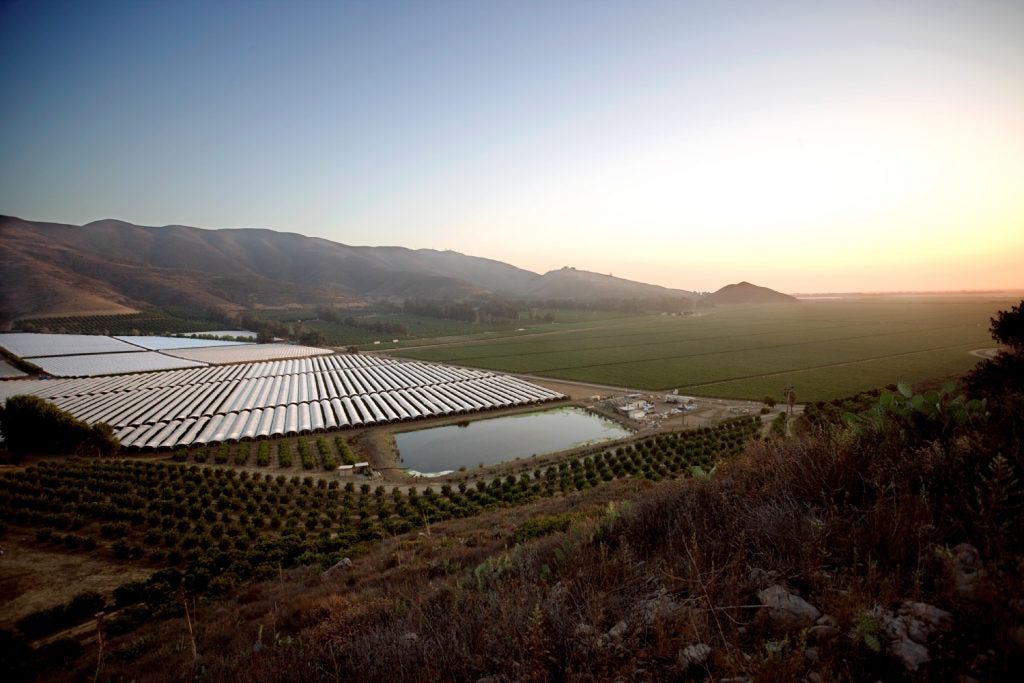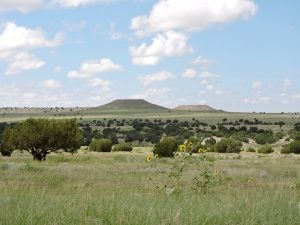Even in the depths of winter it’s easy to bite into a plump blackberry or a delicate red raspberry, thanks to Driscoll’s, the world’s largest berry company.
In late 2018, I traveled to the Pajaro Valley, west of Santa Cruz, for a tour of a Driscoll’s research facility, which provided an eye-opening view into how this family-owned company has become an agriculture leader selling berries every month of the year, and why they are so committed to water conservation.

Our tour was part of the Rosenberg International Forum on Water Policy, a conference limited to 50 water scholars and senior water managers from around the world. We saw how Driscoll’s sustainability priorities translate into on-the-ground action for the company and its hundreds of independent growers.
Inspired by a presentation by James duBois, Driscoll’s senior manager of global environmental impact, I followed up with him to ask a few questions and dig a bit deeper into the company’s water management efforts. Here is what James shared with me. Read More










